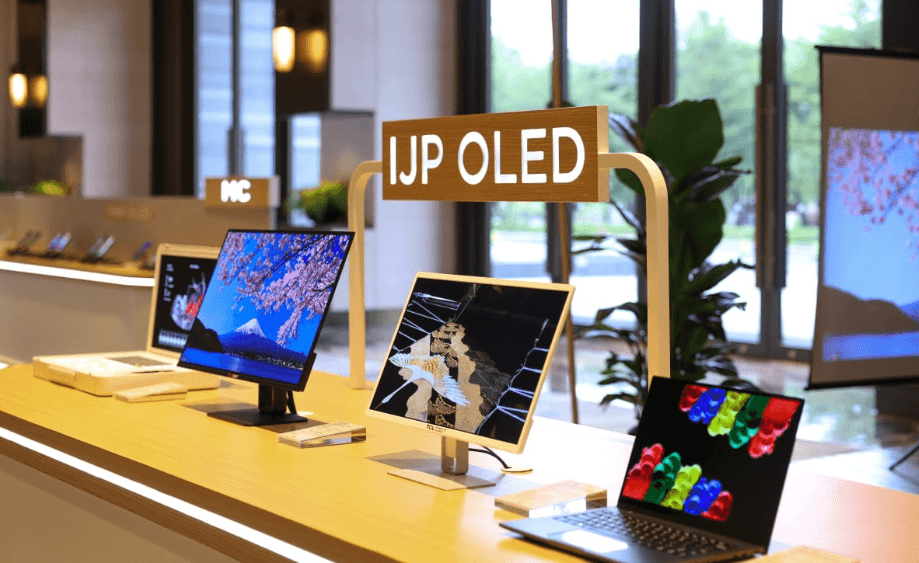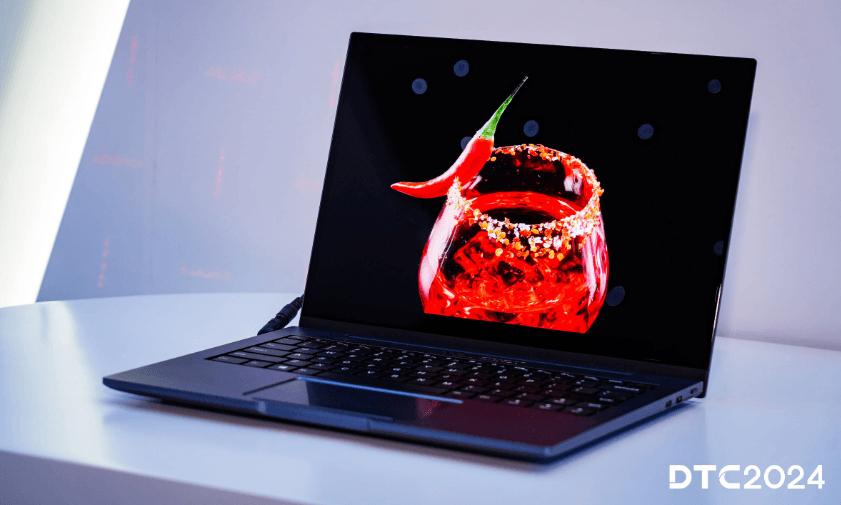
TCL CSOT, the display making subsidiary of TCL, is looking to upend the dominance of LG Display and Samsung Display in the large-panel OLED industry.
The company says it has now begun mass production of its next-generation inkjet-printed OLED panels, which will provide monitor manufacturers – and later, television makers – with an alternative to LG’s WRGB OLED and Samsung’s QD-OLED panels.
The milestone was announced at this week’s Global Display Tech-ecosystem Conference (DTC2024) conference taking place in Guangzhou, China.
The company has been working towards this achievement for some time, and it said the new technology builds on 11 years of research and development, which has resulted in “significant leaps and breakthroughs".
What’s significant about the announcement is that TCL is using the inkjet-printing process to produce its OLED panels, which is quite different to the method employed by LG and Samsung. Essentially, it uses a kind of spray painter to deposit the OLED pixels onto its panels more precisely, without the aid of a mask, as LG and Samsung do.
At the event, the company showcased a finished 21.6-inch 4K OLED panel that is now being mass produced for computer monitors and laptops. It also unveiled a 27-inch OLED panel prototype, which is also designed for monitors.

According to TCL CSOT, the 4K resolution, 27-inch panel sports side-by-side RGB OLED pixels and has a 120Hz refresh rate. It provides 250 nits of full-screen brightness, with 600 nits of peak brightness.
While TCL CSOT’s OLED panels aren’t as bright as those made by LG Display and Samsung Display, the inkjet printing method results in two-times less material waste, which could help the company to achieve lower production costs. If so, it could emerge as a tempting alternative for electronics companies, at least for mid-tier and lower-end products.
TCL CSOT insisted that the inkjet-printing process has advantages, with the improved accuracy enabling a pixel-per-inch density that exceeds the “Retina Standard”, while the side-by-side RGB structure ensures fonts are displayed without any colour fringing artefacts, meaning the displays have crisper visuals.
Other advantages include a 50% reduction in light loss from internal reflections, meaning higher light output efficiency compared to traditional OLED displays. Because of this, inkjet-printed OLED panels can achieve superior image quality with lower power consumption, the company said. In addition, its displays have a higher aperture ratio and longer lifetimes compared to standard OLED, as they maintain their picture quality for much longer.
TCL CSOT hasn’t said much about making larger Inkjet-printed OLED panels for TVs, and is instead focusing on monitors and applications in the automotive, medical and virtual reality industries, but if the technology can improve, larger panel sizes would seem like a natural evolution.
Also at the event, TCL CSOT showed off what it says is the world’s first 2.8K resolution, 14-inch QD-EL display, which is also produced using the inkjet-printing process. It’s a new technology that has also been called NanoLED, QDEL and QD-LED by other companies.
QD-EL stands for “Quantum Dot Electroluminescent”, and it uses the same quantum dots found in both QLED and Mini-LED displays, but it is quite different.

For instance, traditional quantum dots absorb light from a source such as LEDs or OLED pixels before converting it into different colors. However, QD-EL instead receives energy directly from the electricity that’s supplied to the TV, and transforms this into colour. As such, QD-EL doesn’t require a separate light source, which should make the displays thinner and cheaper to build.
QD-EL displays do not require LED backlights or OLED to create colour and brightness. Instead, the quantum dots do everything by themselves. That’s because the quantum dots in QDEL are different. They’re microscopic in size, and they possess subpixels with red, blue and green colours..
As a result, QD-EL displays provide significantly improved colour purity and brightness, along with superior viewing angles compared to OLED or LCD. They also cover a higher percentage of the BT2020 colour gamut, which translates to pictures with richer colours and more detail, TCL CSOT says.
The 14-inch QD-EL display on show supports a variable refresh rate of between 30Hz and 120Hz, ensuring smooth visuals for different kinds of content, the company added.
For now, QD-EL is still just a prototype, and it’s not clear how close TCL CSOT is to commercialising the technology.